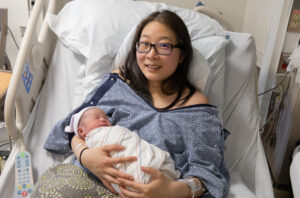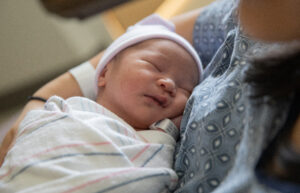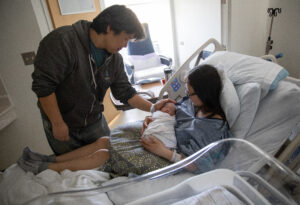This past leap day (Feb. 29), Kai Sun, MD, MS, gave birth to her third child, a daughter named Chloe Gayoung Paik.
What makes her daughter’s birth so unusual is that Dr. Sun, an assistant professor in Medicine at Duke University, Durham, NC, is also a leapling (or leaper). She was also born on Feb. 29—40 years ago.
“My husband and I thought it would be very cool if Chloe were born on leap day, too,” she says, adding that she now looks forward to celebrating both birthdays on the same day. “Our other two kids, who are 3 and 5, are just a little bit jealous that their baby sister is the only one who gets to share a special day with Mom.”
Of the roughly 8 billion people on this planet, only 5 million people worldwide share the leap day birthday. The odds of being born on leap day are just one in roughly 1,460, making it the rarest birthdate of all, according to the Associated Press. But giving birth to a child who’s also born on leap day, like Dr. Sun experienced, takes things to a higher level. The odds of that happening are roughly one in 2.1 million.
Throughout the decades, many famous people have been born on leap day, such as the late singer Dinah Shore, NASA astronaut Jack Lousma and retired hockey player Cameron Ward, to name a few.
Dr. Sun says she is reminded of her good fortune every time she looks at Chloe’s face. Although luck played a role in the same mother and daughter leap day birthdays, Dr. Sun says hard work and perseverance enabled her to become a physician and medical researcher.
“Diligence is the mother of good luck,” she says, quoting Benjamin Franklin. “That summarizes my life over the past 40 years, which traveled a narrow path.”
Tough Transition
Dr. Sun was born in China to a family of doctors and medical researchers. She lived with her grandparents in China until the age of 12, when she immigrated to the U.S. to join her parents, who had been studying and working in Rochester, N.Y.
Moving to a new country, learning its language and customs, and leaving friends behind can be traumatic for any child.






